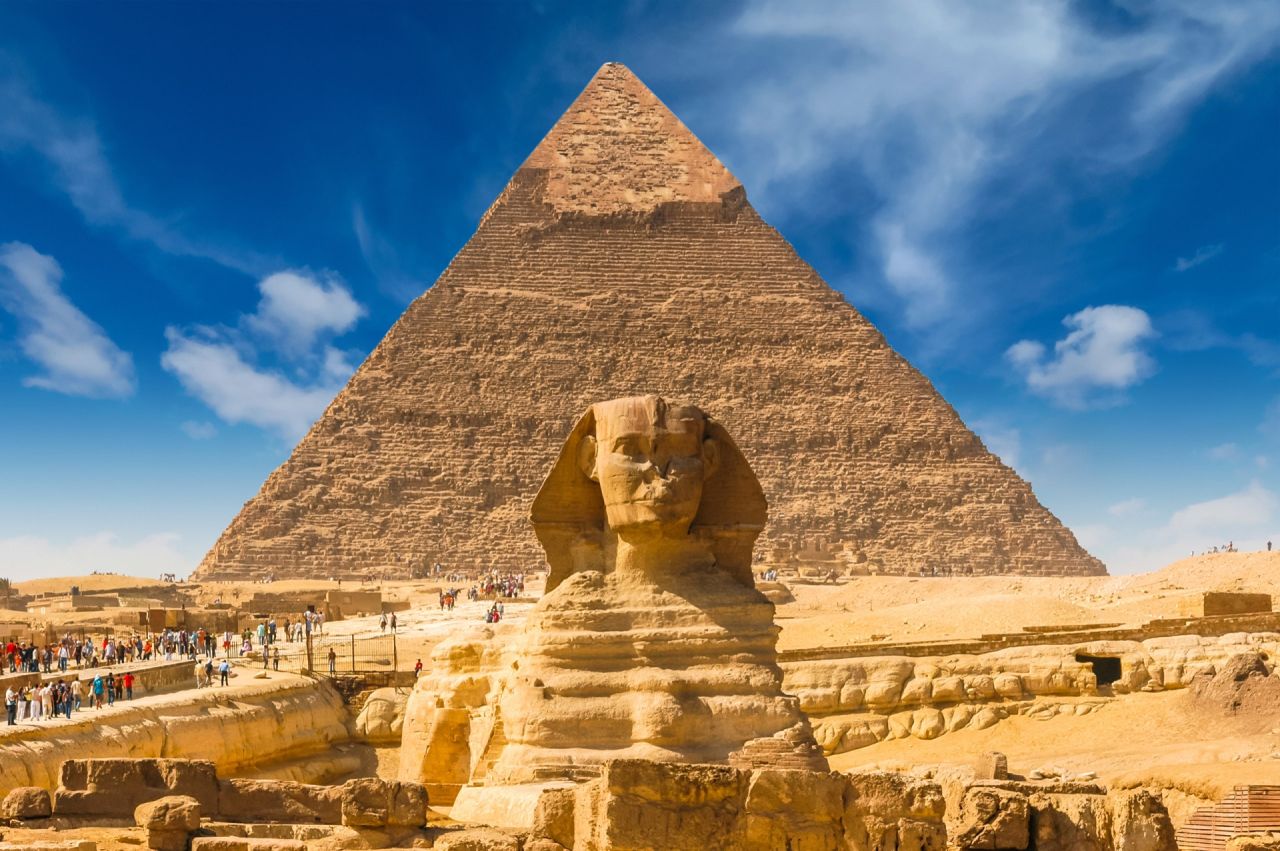soilless farming in egypt

In response to Egypt’s water scarcity and diminishing arable land, some smallholders are turning to soilless farming, utilizing substrates like sand or foam to reduce water and fertilizer requirements.
Hydroponics, also known as soilless agriculture, is reported to reduce water usage by 90%, as per a 2020 WWF report.
An agritech startup, Plug’n’Grow, offers soilless agriculture solutions, addressing water scarcity issues and saving nearly 60% on fertilizers. Egypt is grappling with an imminent water deficit, projected to become water-scarce by 2025 due to climate change and developments like Ethiopia’s dam on the River Nile.
As less than 5% of Egypt is arable land, shrinking due to urbanization, soilless farming emerges as a potential solution. Beyond its environmental benefits, hydroponics promises faster growth and increased output.
Plug’n’Grow suggests that applying hydroponics to 10,000 feddans (0.042 km2) could yield two million tonnes of vegetables, contributing significantly to Egypt’s agricultural exports and generating substantial revenue.
This approach could also address Egypt’s vulnerability as one of the world’s largest wheat importers. However, challenges include the inability to cultivate strategic crops like wheat and high startup costs, around EGP 3.5 million (over €100,000) for a commercial hydroponic farm.
Despite these challenges, soilless farming offers a solution to traditional agriculture problems such as soil-borne diseases, soil salinity, dehydration, and high temperatures, according to experts.


